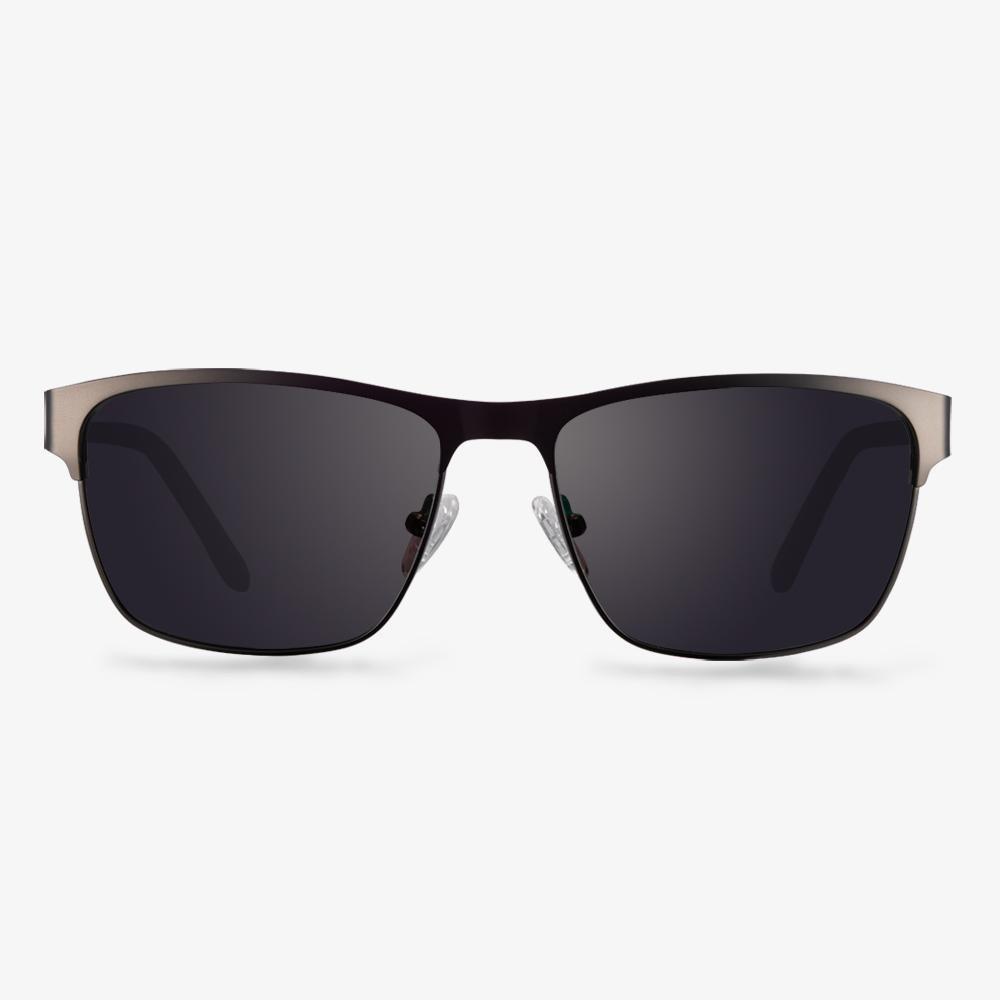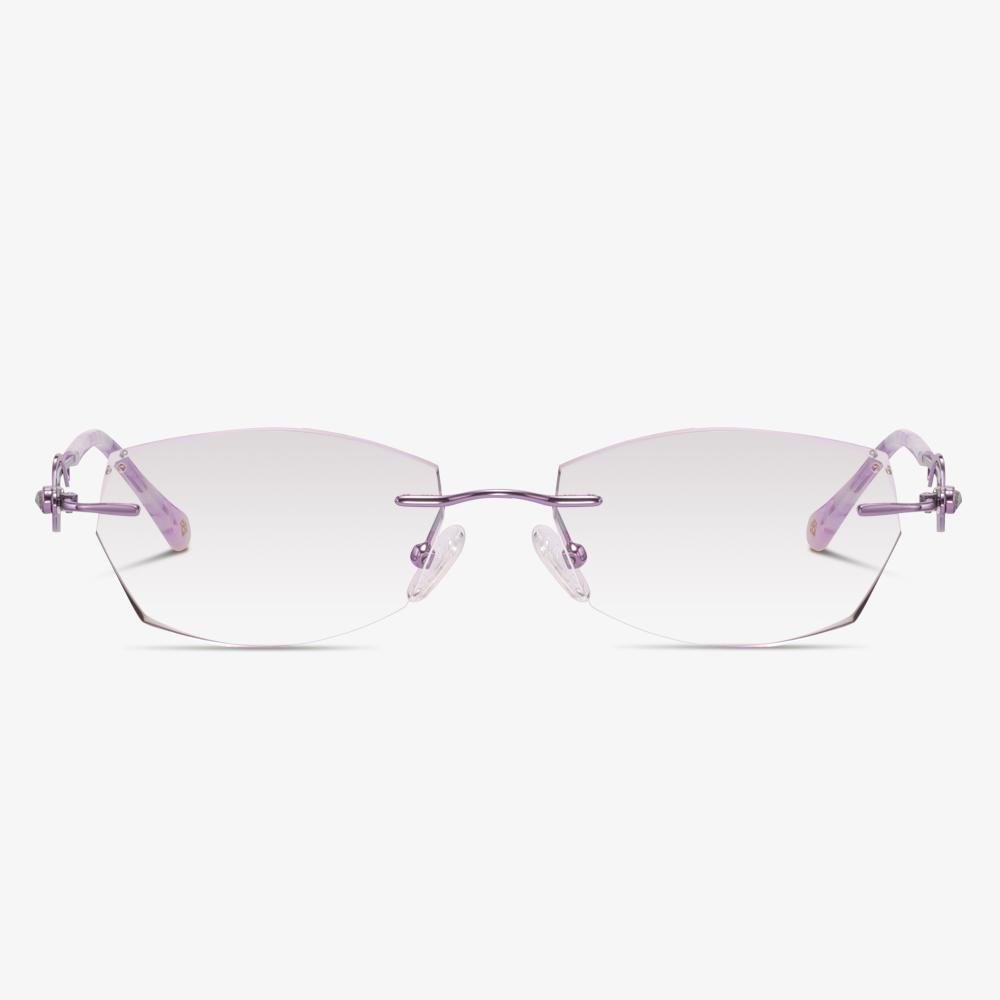The effects of night blindness on driving
As we age, our pupils will be narrow little by little, so they can't dilate as quickly. The smaller the pupil, the less light reaches the retina, making it harder and harder for the retina to see at night. This is called night blindness, and it's a condition that makes it difficult for your eyes to adjust from bright light to dim light. This makes driving at night especially stressful in your 50s, 60s, and beyond.
Take the right size
You will find that there are a variety of eyeglasses frames. Even if the eyeglasses look the same online, the effect of wearing them will be very different in different sizes. So if we want to choose glasses, we should try to do the measurement of the size, the width of the face, the distance between the eyes, and so on. We can calculate the size of the glasses to make sure the style fits your needs.
How to drive at night with glasses?
Far-light is easy to cause blind spots for drivers of opposite vehicles, and it is possible to cause traffic accidents when driving in the cities. In the process of driving, if the driver encounters the situation that a high beam disrupts the line of sight, can turn the eye in the left or right direction, avoid light sources, and allow your eyes to gradually adapt to the other person's light source. If you can't see clearly, slow down or even pull over.
Brick-and-mortar stores have fewer customers.
Brick-and-mortar stores are known to have a significantly smaller customer base, targeting a particular county or even a particular region and population. Mainly aimed at young students.For physical stores, their income range is relatively narrow. Therefore, in order to make more money, every physical store can only make a profit by raising the single sale price. Online stores attract consumer demand from all over the country and the world through the Internet.
What Are the Disadvantages of High-Index Lenses?
This section will show high index lenses disadvantages.
- High index lenses are made from a chemical synthetic blend that’s created through a special manufacturing process. So, high index lenses are expensive than regular lenses. In fact, the price may be more than double that of the traditional counterparts.
- High index lenses can be more brittle than their traditional counterparts and may also be more prone to scrapes and scratches. This can impact their overall durability.
- High index lenses are more reflective than regular lenses, which can make them less effective for brightly lit work environments, outdoor use and nighttime driving on busy highways.
- High index lenses have greater potential for distortion, particularly in your peripheral vision because the high index lenses have a higher Abbe value than prescriptions made from standard plastic or glass.
Different Types of Progressive Lenses
The first progressive lenses we want to introduce are computer progressive lenses, which are designed for clear vision in office settings. These lenses are ideal when using a computer for over 4 hours a day and help to reduce eye strain.
Computer progressive lenses are intended for indoor use and should not be worn over your regular glasses. The drawback to this is it requires you to have two separate pairs of eyeglasses.
What Is an Aspherical Lens?
An aspheric lens is a lens whose surface profiles are not portions of a sphere or cylinder. In photography, a lens assembly that includes an aspheric element is often called an aspherical lens.
The aspheric lens’s more complex surface profile can reduce or eliminate spherical aberration and also reduce other optical aberrations such as astigmatism, compared to a simple lens. A single aspheric lens can often replace a much more complex multi-lens system. The resulting device is smaller and lighter and sometimes cheaper than the multi-lens design.
Aspheric lenses are flatter than traditional lenses, but they still offer the same vision-enhancing benefits. They have a more attractive profile because there is less curvature. In addition, aspherical lenses have a more complex front surface with a gradual curve so that they can perform better by improving the way light refracts onto the retina.
Besides, most aspherical lenses are high-index, which, when combined with the aspheric design, offers a slimmer and lighter option for people who wear glasses so as to improve the look and feel.











































